The lawsuit of seeking the right to wear hijab or headscarves in the classrooms in Karnataka has met with a divisive verdict from the Supreme Court after the two judge bench gave a different ruling, which has prompted the necessity to post the matter to the larger bench for a majority verdict. The matter has been in the national spotlight since the BJP-ruling Karnataka government banned wearing hijab in the educational institutions.
The hijab ban sparked a national debate and international attention in the wake of the contentious conduct of the institutions in Karnataka that barred and expelled the hijab-wearing students from the premises. The ban has also incited public outcry and the events of bigotry among the students had disturbed millions across the country. In the midst of the protests, Muslim students taken the baton for a legal battle to fight for what they asserted as their faith.
The matter was heard by the Supreme Court and after marathon hearings, the apex judicial body pronounced the split verdict on Thursday - October 13. The two judge bench comprised of Justices Hemant Gupta and Sudhanshu Dhulia gave the divisive ruling on whether the hijab should be banned in classrooms in Karnataka. According to the ruling, Justice Hemant Gupta upheld the Karnataka High Court verdict of backing the state government's decision to ban Muslim students from wearing the hijab in classrooms.
However, Justice Sudhanshu Dhulia has a different opinion where he strongly disagreed on the hijab ban. The court heard the matter in a marathon hearing over two weeks where there were heated arguments between the petitioners, representing the Muslim students, and the counsels, representing the state government. The top court was hearing a batch of petitions which challenged an order passed by the Karnataka High Court in March 2022.
The High Court had upheld the state government's order banning the wearing of hijab in the classrooms. Challenging the High Court's verdict, a bunch of petitions was filed at the Supreme Court and now, the apex court has delivered a divisive verdict and the case will be heard by a larger bench. According to reports, the matter will be placed before the Chief Justice for appropriate directions.
Disagreeing the Hijab ban, Justice Dhulia said, "The foremost question in my mind was the education of the girl child. Are we making her life any better? That was a question in my mind. It is a matter of choice, nothing more and nothing less." He further contended, "The main thrust of my judgment is the entire concept of essential religious practice was not essential to the dispute. The High Court took a wrong path. It is ultimately a matter of choice and Article 14 (Right to Equality) and Article 19 (Freedom of Speech and Expression)."
On the other hand, Justice Hemant Gupta, who backed the Hijab ban, held that wearing Hijab is not part of essential religious practice under Islam and the state government order serves purpose of access to education. He accepted the Karnataka High Court verdict that wearing hijab is not an essential religious practice in Islam. Representing Muslim girls, the counsels said that unlike Triple Talaq or cow sacrifice, the hijab was mentioned in Quran and was a religious duty for girls to wear it.
During the hearings, advocate Huzefa Ahmadi, who appeared for Muslim girls, argued that most girls who wear hijab come from conservative families and questioned that the restrictions would adversely affect their education. He further argued that the state government's legitimate interest was to encourage diversity and not have uniformity in all practices. He asked, "Why should someone feel that someone's religious observances obstruct secular education or unity?".
Ahmadi noted that Muslim girls wearing the hijab did not violate the fundamental rights of other religions. Representing the Karnataka government, the state's Attorney General Prabhuling Navadgi said that the ban on hijab is only being enforced inside classrooms and that the state government has not touched upon any religious aspect while arguing against wearing hijab in schools and colleges. Navadgi cited that in countries like France and Turkey where hijab is prohibited in educational institutes and argued that the hijab was not essential to Islam.
After the hearing, the Supreme Court penned a divisive verdict as the hijab row remains in the spotlight. The hijab row began in December 2021 and Udupi district was the hotspot. Some of the institutions in Udupi denied entry to the hijab-clad students to the classrooms. In January 2022, a group of Muslim students were photographed outside their classrooms as they were expelled for wearing hijab. The hijab row then spread across the state in February 2022 when Hindu students came to the institutions wearing saffron shawls to oppose their classmates who were wearing hijab.
In the first week of February, the Karnataka government mandated a dress code, banning the wearing of clothes which disturb equality, integrity, and public order in schools and colleges. A month later, the High Court ruled in support of ban, dismissing the petitions filed by Muslim students against the ban. When Muslim students said wearing hijab is part of their faith and their fundamental right, the High Court pronounced that hijab was not an essential religious practice of Islam. The matter was then taken to the Supreme Court which has now delivered a split verdict.



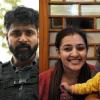

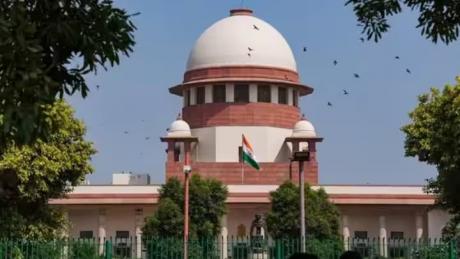
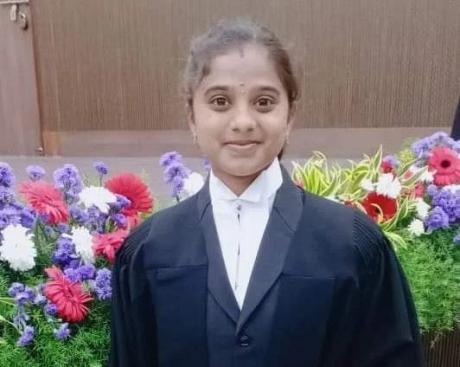
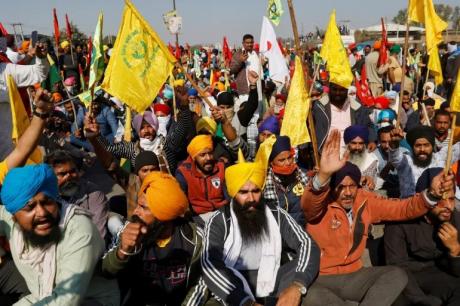
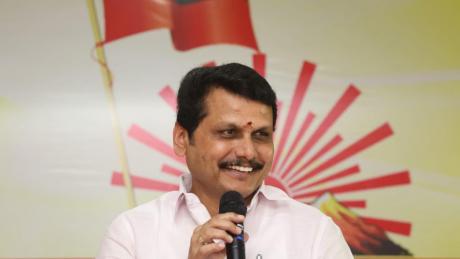
Comments